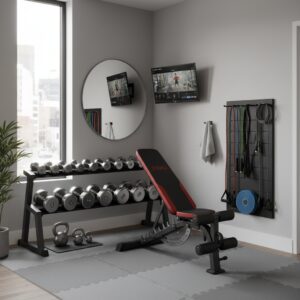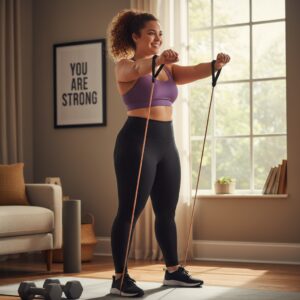
If you’re a serious lifter, you already know that recovery is the secret sauce behind your biggest PRs. But owning a massage gun or compression boots is only half the battle—real progress comes from programming recovery with the same intensity you bring to your squats and deadlifts. Ready to turn recovery into a weapon, not an afterthought?
Why “Random” Recovery Fails Serious Lifters
Let’s get brutally honest: Most lifters use recovery tools like toys, not training assets. You smash your Theragun after a tough set, or hit the cold plunge once a week—but without a plan, you’re leaving gains on the table. Programming recovery around training volume, intensity, and deloads is what the top 1% do to explode past plateaus and stay injury-free[1][2].
2025’s Game-Changing Recovery Tools (and Why They Matter)
Here are the current top tools optimized for serious strength athletes. Each is backed by athlete use, expert reviews, and new 2025 enhancements:
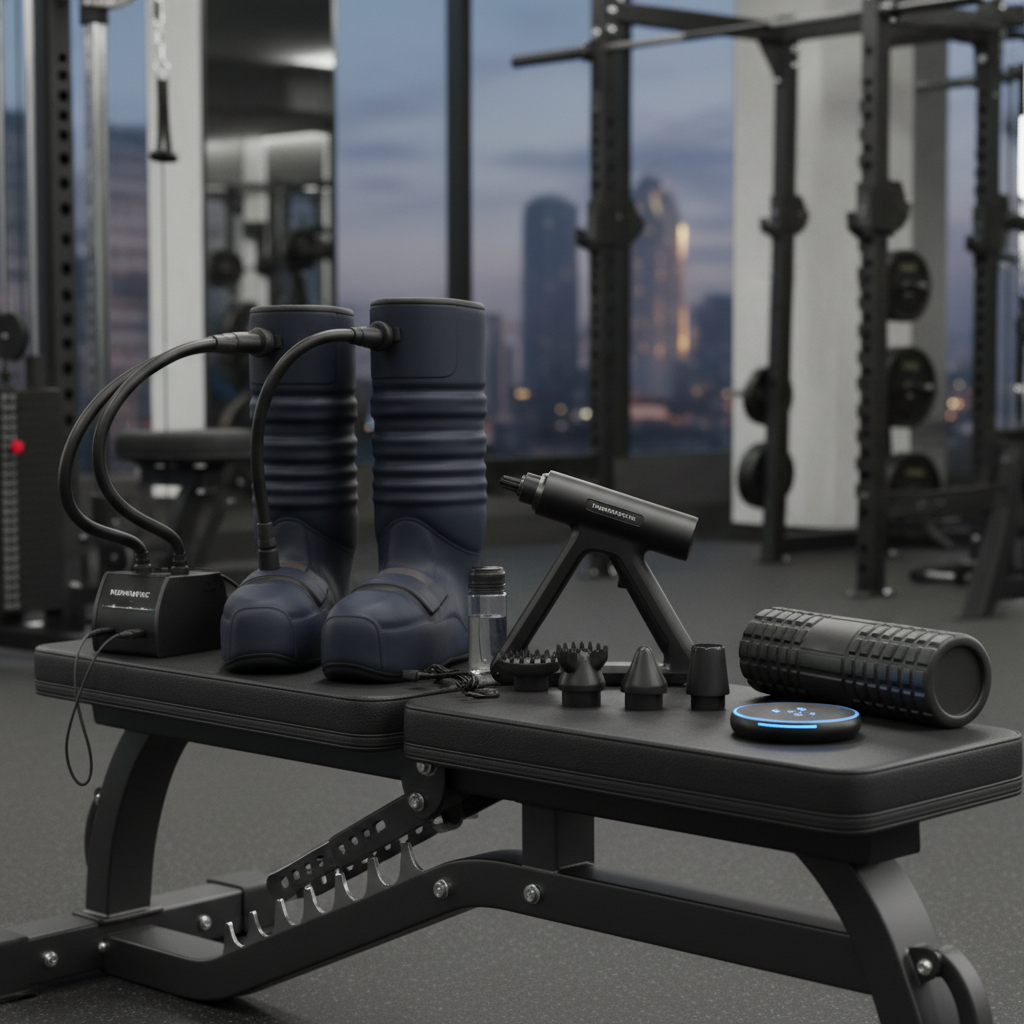
- Massage Guns: Theragun Prime ($299), Hyperice Hypervolt 2 Pro ($329)—Five speed settings, deep percussion, Bluetooth app control[2][4].
- Compression Boots: Hyperice NormaTec 2.0 ($799), Recovery Systems Black Max Pro ($1,099), Rapid Reboot Regen ($999)—7+ compression levels, multiple recovery modes, portable with travel cases[1][2].
- Cold Plunge: The Plunge Pro ($4,990)—Temperature control to 39°F, strong filtration, fits in home garage[2].
- Vibrating Foam Rollers: Theragun Wave Roller ($149)—Deep tissue massage with customizable vibration[2].
- Mobility Devices: PSO-RITE ($79), TriggerPoint Grid Foam Roller ($38)—Targets deep muscle adhesions, especially hips and back[2][7].
- Sleep Tech: Oura Ring Gen 3 ($299), Whoop 4.0 ($239 + subscription)—Tracks HRV, deep sleep, and gives actionable recovery scores[1].
Expert Trends: Why Integration Beats Random Use
According to sports therapists, the biggest 2025 trend isn’t the tool—it’s timing and integration. Recovery “stacking” (combining tools in sequence) and periodizing recovery to match heavy, high-volume, or deload weeks is exploding among elite lifters and pros[1][4].
How to Program Recovery: Weekly Templates for Lifters
Stop guessing. Here’s how to match your favorite tools to your actual lifting schedule, whether you’re peaking, in a volume block, or deloading:
1. Heavy Intensity Week (Max Lifts, CNS Fatigue)
- Post-Session: Hyperice Hypervolt 2 Pro—10 min per major muscle group, focusing on quads, glutes, lats.
- Evening: NormaTec 2.0 Compression Boots—30 min for legs, alternating pressure modes for circulation.
- Sleep Priority: Oura Ring monitors sleep depth; aim for 8+ hours, optimize pre-bed routine using blue-light blockers and magnesium[1].
- Optional: The Plunge Cold Tub, 3–4x/week post-lift, for anti-inflammatory benefits and faster CNS reset (especially after PR attempts)[2].
2. High-Volume Block (Hypertrophy, Eccentric Damage)
- Pre-Session: Theragun Wave Roller—5 min rolling, especially hamstrings and calves to boost mobility.
- Post-Session: TriggerPoint Grid Foam Roller—Deep rolling for tissue restoration, 10 min.
- Nightly: PSO-RITE—Target low back and hip flexors, 5–8 min.
- Sleep Tech: Whoop 4.0—Monitor strain vs. recovery, adjust next session if recovery score is red[1][2].
3. Deload/Active Recovery Week
- Gentle Mobility: ProsourceFit Flex and Twist Bars—Light tendon work for elbows/wrists, 3x weekly[3].
- Compression: Recovery Systems Black Max Pro, low pressure, 20 min, every other day.
- Sleep Focus: Transparent Labs Sleep Aid ($27)—Natural sleep support for maximal recovery[2].
- Cold Plunge: Optional for mental refresh, but reduce intensity to avoid overreaching.
Hot Product Picks (and Price Anchoring You Can’t Ignore)
Serious lifters know that cutting corners on recovery costs more in downtime than any upfront price tag. Here’s where to invest for maximum ROI—and why waiting is a mistake:
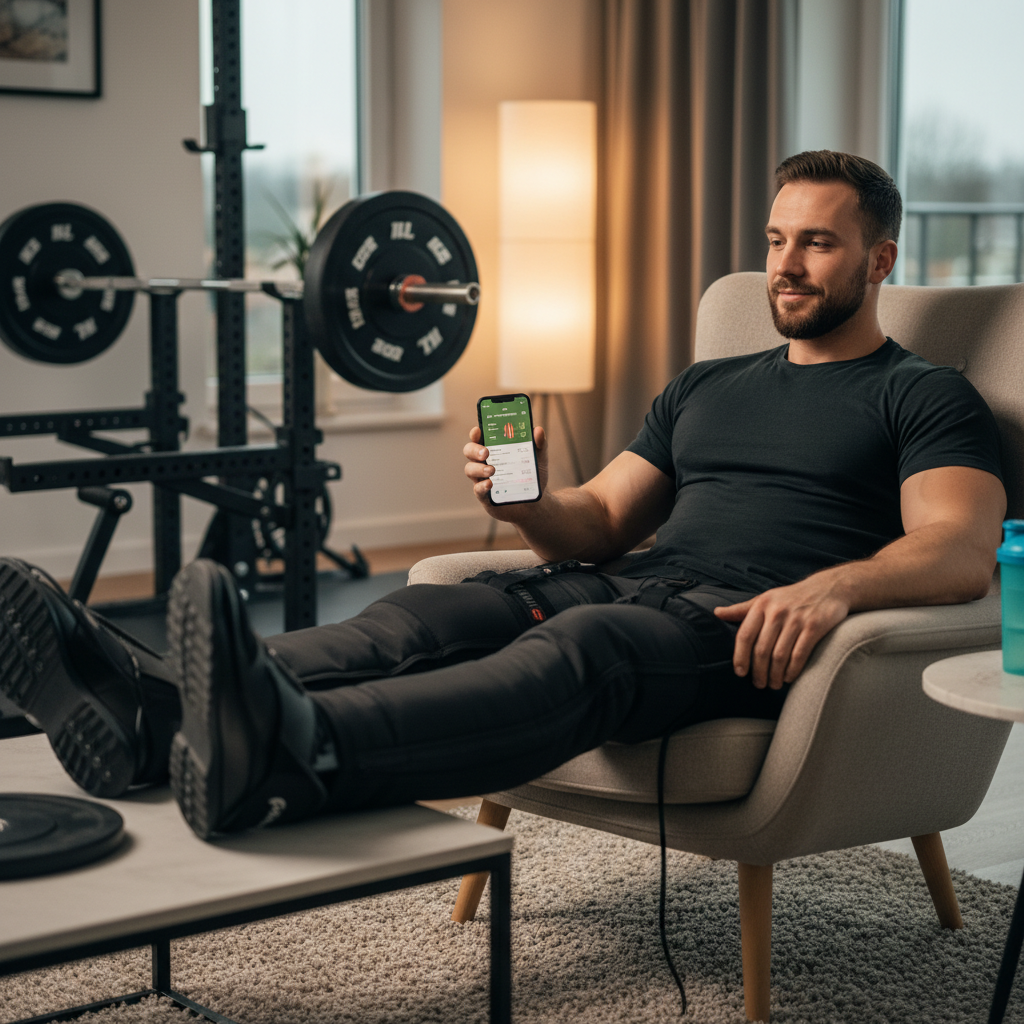
- Theragun Prime: $299—Industry leader in percussive therapy, trusted by pro powerlifters and Olympians.
- NormaTec 2.0 Boots: $799—Hands down, the gold standard for lower body recovery. Limited stock before price hike in 2026.
- The Plunge: $4,990—Demand is outpacing supply, with a 3-month waitlist. Lock it in before next restock.
Don’t let FOMO get the best of you—elite lifters are snatching these up, and delays mean leaving performance on the table.
Actionable Steps: Build Your Recovery “Training” Plan Today
- Audit your current recovery tools—what do you have, and what’s missing? Prioritize massage gun, compression, and sleep tracking first.
- Print or save the weekly templates above and plug in your own training schedule for each week.
- Set reminders to use recovery tools at the right times—post-heavy session, nightly, or during deload.
- If your sleep tracking shows poor recovery, don’t double down on volume—adjust your plan immediately.
- Join a recovery-minded lifting group or Reddit thread to swap hacks and stay accountable—social proof drives consistency!
Why Lifters Who Program Recovery Win More—And Get Hurt Less
In 2025, serious lifters aren’t just training hard—they’re programming their recovery like pros. By stacking the right tools at the right time, you’ll lift heavier, recover faster, and beat the lifters who treat recovery as an afterthought. Don’t just chase PRs—protect them with a bulletproof recovery routine.
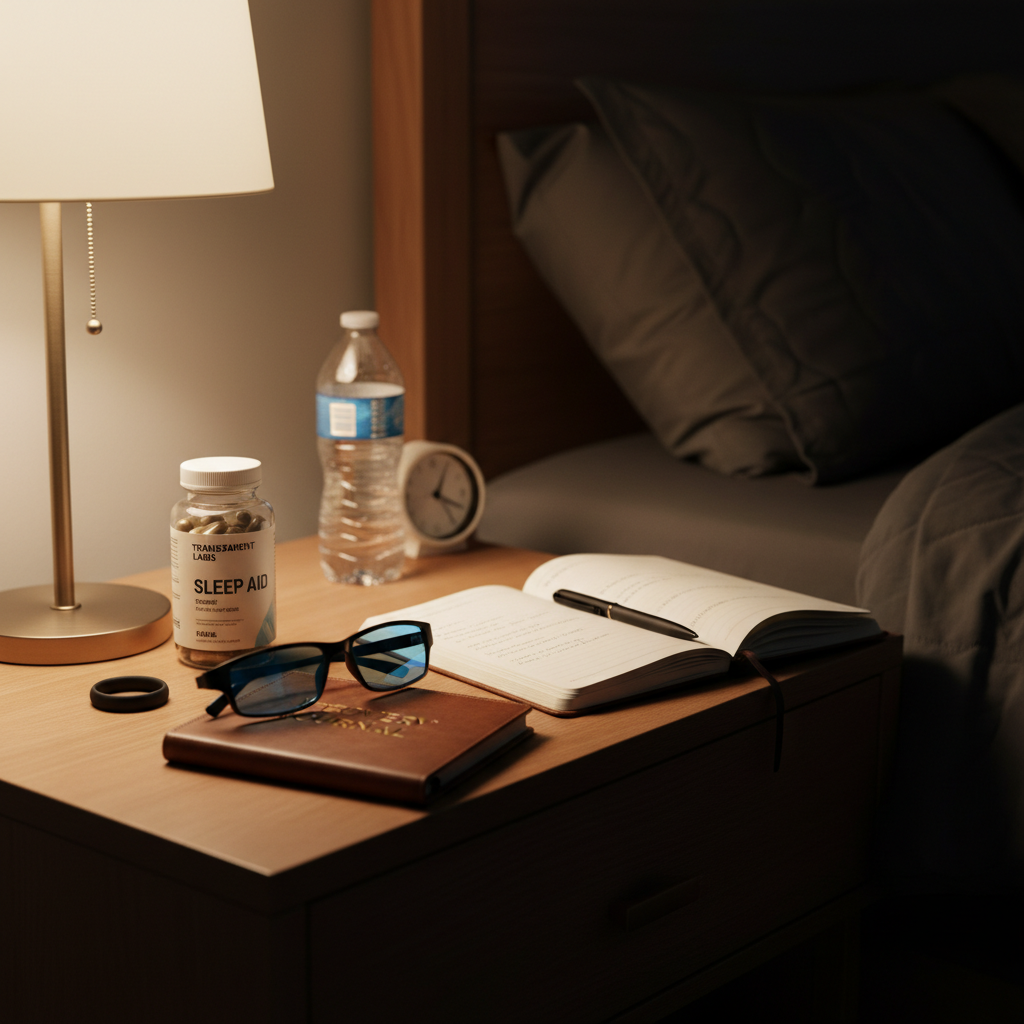
Ready to Level Up? Act Now!
Don’t wait until injury or burnout forces your hand. Start programming your recovery today—use the templates, invest in proven tools, and watch your strength (and longevity) skyrocket. Your next personal record starts after you leave the gym.

